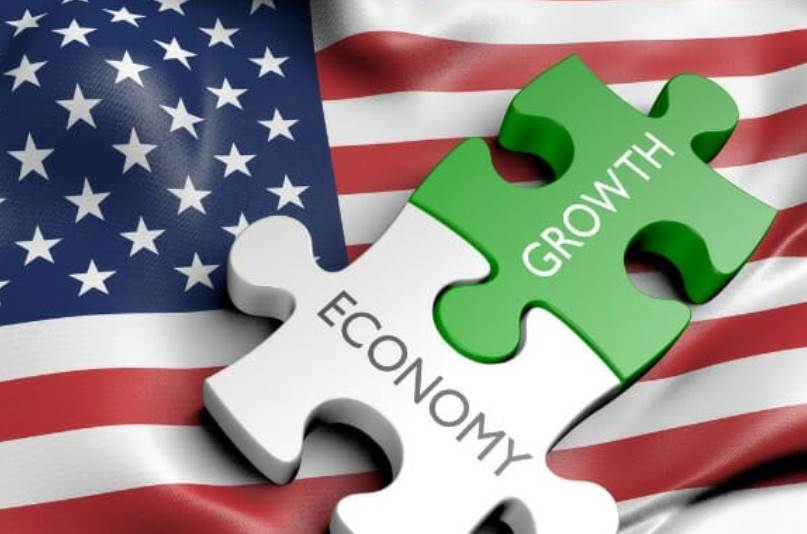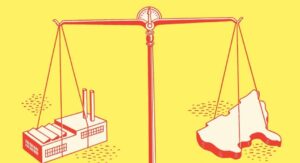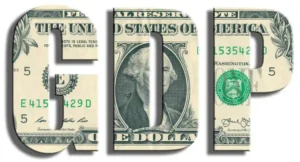U.S. Gross Domestic Product and Inflation: First Quarter 2024

The U.S. Gross Domestic Product grew by 1.3% in the first quarter of this year, according to an official report.
In such sense, three tenths less than in the preliminary estimate, and it has increased at an annualized rate of 4.3%, the Commerce Department reported Thursday.
The first of two adjustments the government makes to its GDP calculations shows that economic activity between January and March had a slowdown after the 3.4% increase in the last quarter of 2023.
The Bureau of Economic Analysis (BEA) data on the U.S. Gross Domestic Product corresponds to the consensus expectation among analysts, showing a solid economy with respect to the resenting global economy.
As an inference factor in U.S. Gross Domestic Product, it reveals that consumer spending, the main driver of U.S. economic growth, posted a 2% advance between January and March, following a 3.3% increase in the previous quarter, according to the same figures released Thursday.
“With the second estimate, downward revisions to consumer spending, private inventory investment, and federal government spending were offset, in part, by upward revisions to state and municipal government spending, nonresidential fixed investment, residential fixed investment, and exports,” BEA noted.
READ MORE: MORE STORM REFUGEE CENTERS IN TEXAS

U.S. Inflation and Gross Domestic Product
The Federal Reserve on Wednesday noted that the overall outlook for the nation’s economic activity has turned “somewhat more pessimistic” amid reports of “growing uncertainty and greater downside risks.”
Interest rates, which mark the price of borrowing money, remain as of July 2023 in a range of 5.25% to 5.5%, their highest level since 2001.
On the other hand, in other figures, the US Gross Domestic Product was stable, while the inflation rate fell by one tenth of a percentage point in April, to 3.4%, after two months of consecutive increases, still far from the 2% target.
Meanwhile, core inflation, the key data analyzed by the Fed in its decision-making, fell two tenths year-on-year, to 3.6%, and in monthly terms grew by three tenths.
Weaker-than-expected growth with high inflation may complicate the course of US monetary policy.
U.S. Gross Domestic Product plus inflation figures are closely watched in an election year.
Economic performance is key for President Joe Biden’s administration, which is trailing Republican Donald Trump in key states, according to polls.







